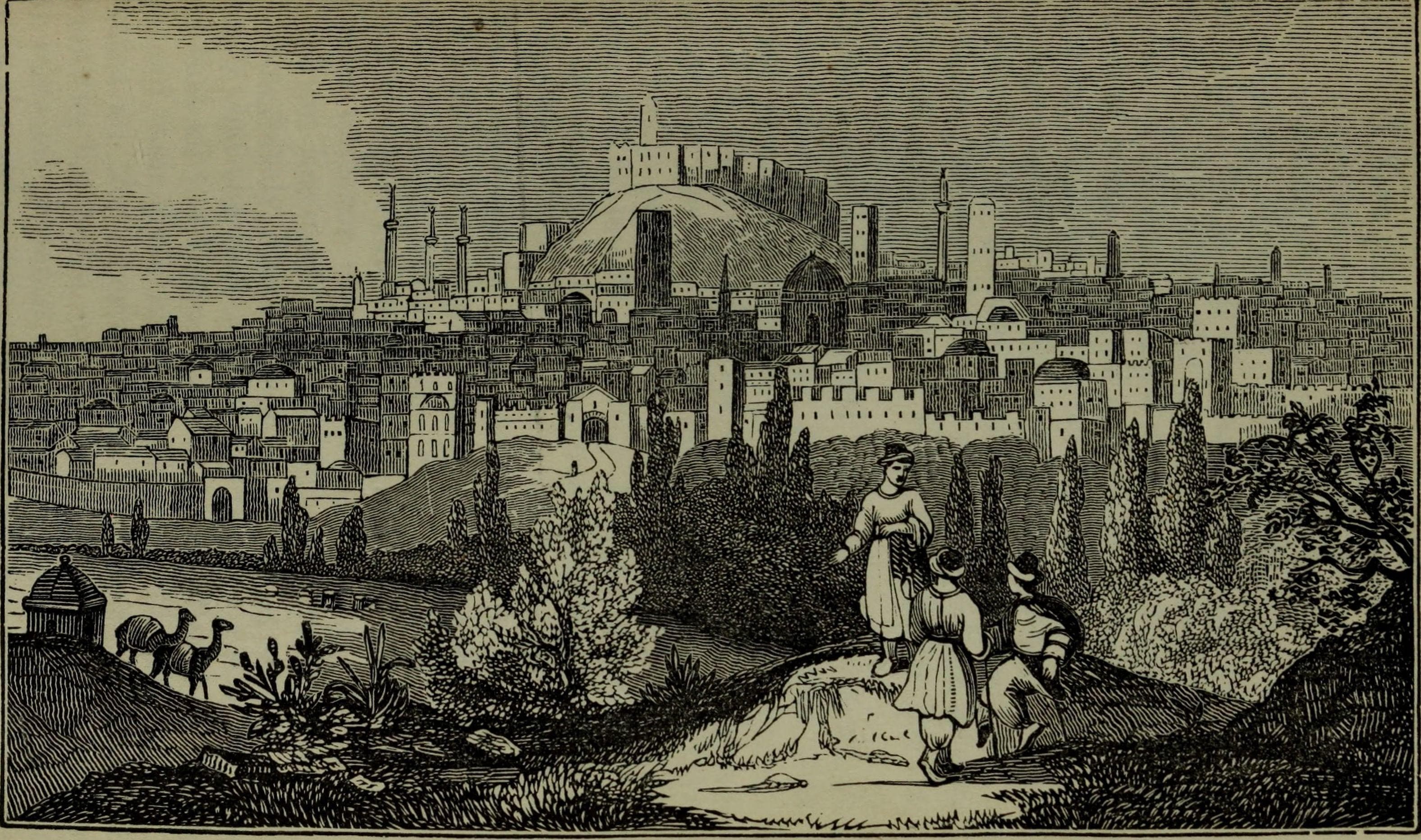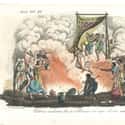-
(#8) It's Named for the Goddess Sati, Who Burned Herself Alive
Sati was the wife of Shiva the Destroyer. She was herself a powerful goddess, having power over all heat and energy, including lighting and thunder. Sati agreed to be born to Earth when a king and queen who couldn't have children came to her, and begged her to be born through them. Sati agreed on the condition that if she were ever to be insulted, she would assume her terrifying celestial form of Adishakti and destroy them all.
When Sati met Shiva the Destroyer in his Earthly form, her father the King disapproved. She married Shiva anyway, leading to an argument between herself and her father. In her rage, Sati assumed her celestial form (Adishakti). All the gods and Earth trembled as Adishakti rained down fire and destruction. Unfortunately, her own Earthly body of Sati was consumed and burned by Adishakti's radiance. Adishakti, seeing she had no way to return to Shiva, turned her power on herself, and burned herself alive in devotion to him.
But at least the story has a happy ending. Because then, Shiva the Destroyer went out and killed lots and lots of people. Including his in-laws. Then he brought everyone back to life, but replaced the King's head with that of a goat. Sati went on to become the goddess of marital fidelity and longevity, was later reincarnated as Parvati, and found Shiva on Earth again. They remain together to this day. And the King is still a goat.
-
(#5) Rich People Weren't Supposed to Do It
Vijñāneśvara, an early Dharmaśāstric scholar writing about 1100 B.C.E., references Vedic injunctions against sati in terms of social class. He writes that a Brahmin woman (one of the highest social caste) shouldn't follow her husband into death. This might have something to do with the fact that Brahmins were leaders of the community, major landholders, and the death of two such people at the same time would throw things into disarray. It might also be a safeguard against children murdering their fathers for the inheritance. Then again, it may just be a case of the upper class saying to the lower class, "Yeah... that's not for us."
-
(#1) At Its Peak, Several Thousand Widows a Year Burned Themselves to Death
Sati has long been associated with India, primarily on the basis that it was the last place commonly or visibly practiced. But India was hardly the first or only culture to engage in this sort of ritual. You can find instances of widow sacrifice all the way from Korea through Norse Viking country, down to Mesoamerican Aztecs and Incans. Some say it's still practiced quietly in China and Vietnam — though in truth, you won't find many corners of the world where widow suicide doesn't happen on a somewhat regular basis.
Still, not quite as regular as public burnings were in India at one point. It's estimated that at the peak of sati's popularity in the 15th-18th centuries, several thousand widows a year burned themselves on their husbands funeral pyres.
-
(#10) You Were Probably Alive When India Made Sati Illegal
...As long as you were born before 1989. In 1988, the Indian Parliament finally adopted the Sati (Prevention) Act, which once and for all put out the embers of burning widows on the subcontinent. This act not only prohibited sati itself, but severely criminalized any type of aiding, abetting or glorifying of the act. It may seem strange that India took so long to finally outlaw sati, especially considering the fact that it had already been outlawed 120 years before. But that was under British colonial rule, and India only gained its independence in 1947. True, 41 years is a good bit of time to wait to outlaw the burning of wives. But then again, it took America more than 200 years to outlaw the beating of wives and burning of witches. Always good to keep things in perspective.
-
(#3) Pregnant Women Weren't Allowed to Do It
There have always been rules surrounding sati and who could commit it. Women with young children to care for, or who were pregnant or menstruating, couldn't commit ritual suicide. This was seen as sacrificing the life of the child along with her own. Though again, there are some practical considerations here — not least of which being that a woman capable of bearing children may wish to re-marry at some point.
-
(#4) A Widow Had the Option of Changing Her Mind (Even Though She'd Take a Hit in Karma Points)
At no point, all the way up until death itself, was a woman absolutely committed to sati. Women who did commit it were said to have died virtuous and chaste, which is big deal in Hindu culture. A woman who dies chaste dies has much better karma and has a better chance of being re-born into a better life in the next cycle. Perhaps, even with her husband.
This might be another part of the justification for Brahmin women—women of a higher caste—not committing sati. As Brahmin, they were already of the highest caste possible and stood to benefit nothing karmically from sati. In any case, any woman could opt out of sati at any point. Custom demanded that a male relative remain near her funeral pyre to pull her out, should she change her mind at the last possible moment.
New Random Displays Display All By Ranking
About This Tool
In the history of India, the "Sati" refers to the creepy custom that widows will be required self-immolation for burial after the death of their husbands, whether forced or willing. This is an ancient Indian and Nepalese custom. Burning a widow on her husband’s funeral pyre or burying her alive in a tomb is related to the Hindu tradition.
According to custom, Hindu Sati should be voluntary and is usually regarded as the perfect ending of the marriage. This is considered a conscientious wife who wants to follow her husband into the afterlife, but many women are forced to participate in the ceremony. The random tool introduced 10 crazy things about the Hindu Custom Sati.
Our data comes from Ranker, If you want to participate in the ranking of items displayed on this page, please click here.
















